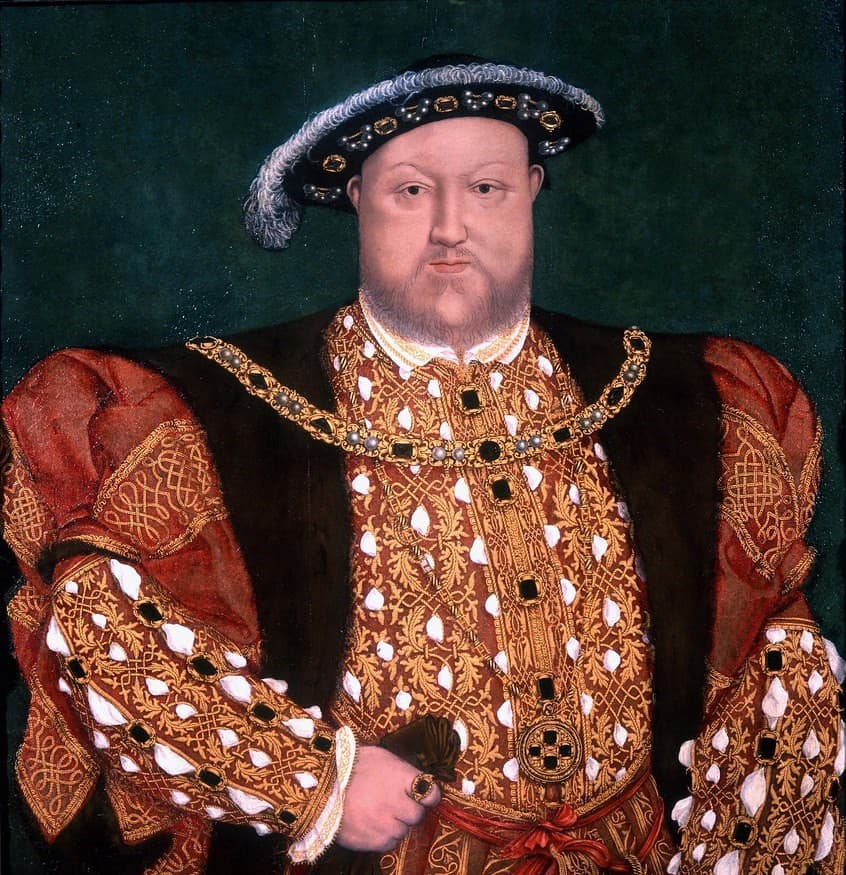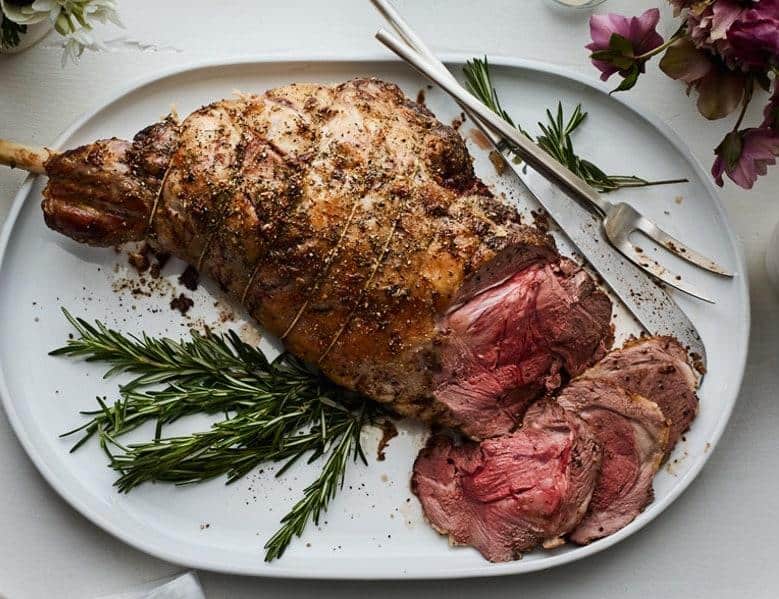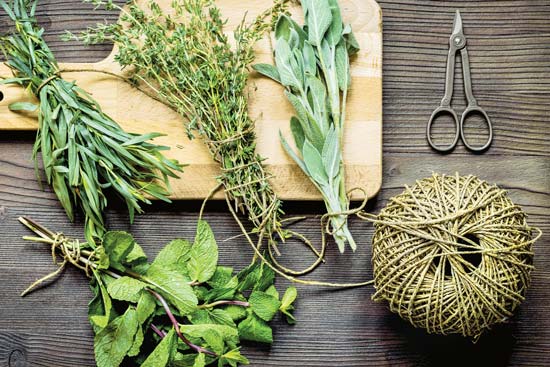Ask many older people in these islands about herbs and spices, and they will look at you in denial and bemusement. The line is that these additions have nothing to do with classic British cooking.
They are, of course, wrong. Totally wrong. And while the use of spices and herbs has increased dramatically over the past few decades, they have been there for centuries.
First, a short history lesson. The European colonial push – especially into Asia – came about because the Portuguese, French and English (and others) needed better transportation for the spices of the world. While many herbs grow well in Europe, spices do not. And until the sea routes opened up, transportation was slow and expensive.

Europeans needed these flavours – if only to disguise the often rank taste of meat. Those at the court of Henry VIII, for instance, consumed enormous quantities of pepper, cinnamon and cloves. You had to be very rich to afford these.
Fast forward to a century ago when biscuits first appeared. Per head, Brits consume more biscuits than any other nation. And they are full of spices – ginger, cinnamon, cloves, nutmeg, allspice, are just some of the ingredients. Until the late 1950s, biscuits were sold loose in grocery shops which stored them in big tins with glass lids. Poor people bought broken biscuits. For the past 60 years or so, they have only been sold wrapped. (Our picture shows biscuits sold for the Battersea Dogs and Cats home – hence the people only!)

Traditionally, roast lamb is served with mint sauce (a native herb preparation which you either love or loathe) and sprinkled with rosemary or dill during cooking. The potatoes and other root vegetables such as carrot and parsnip are covered with all manner of herbs such as thyme, sage and rosemary. These days, many add garlic (raw or as garlic salt or as garlic powder) and chilli flakes.

Bread now comes in all sorts of herb and spice flavours – as do savoury biscuits.
This all ignores the spice influence of Indian and Chinese cuisines on the British diet. Hint: if you need a lot of spice, ignore the big store offerings and head for the local Asian shop where you can buy large packets for much the same price as the small jars on supermarket shelves.

You can easily fill a bookshelf with writing about herbs and spices in UK cookery. Only just don’t tell the more traditional type of Brit!
And if you want to know more about local food and recipes join our foodies guides on one of our award winning tour.
